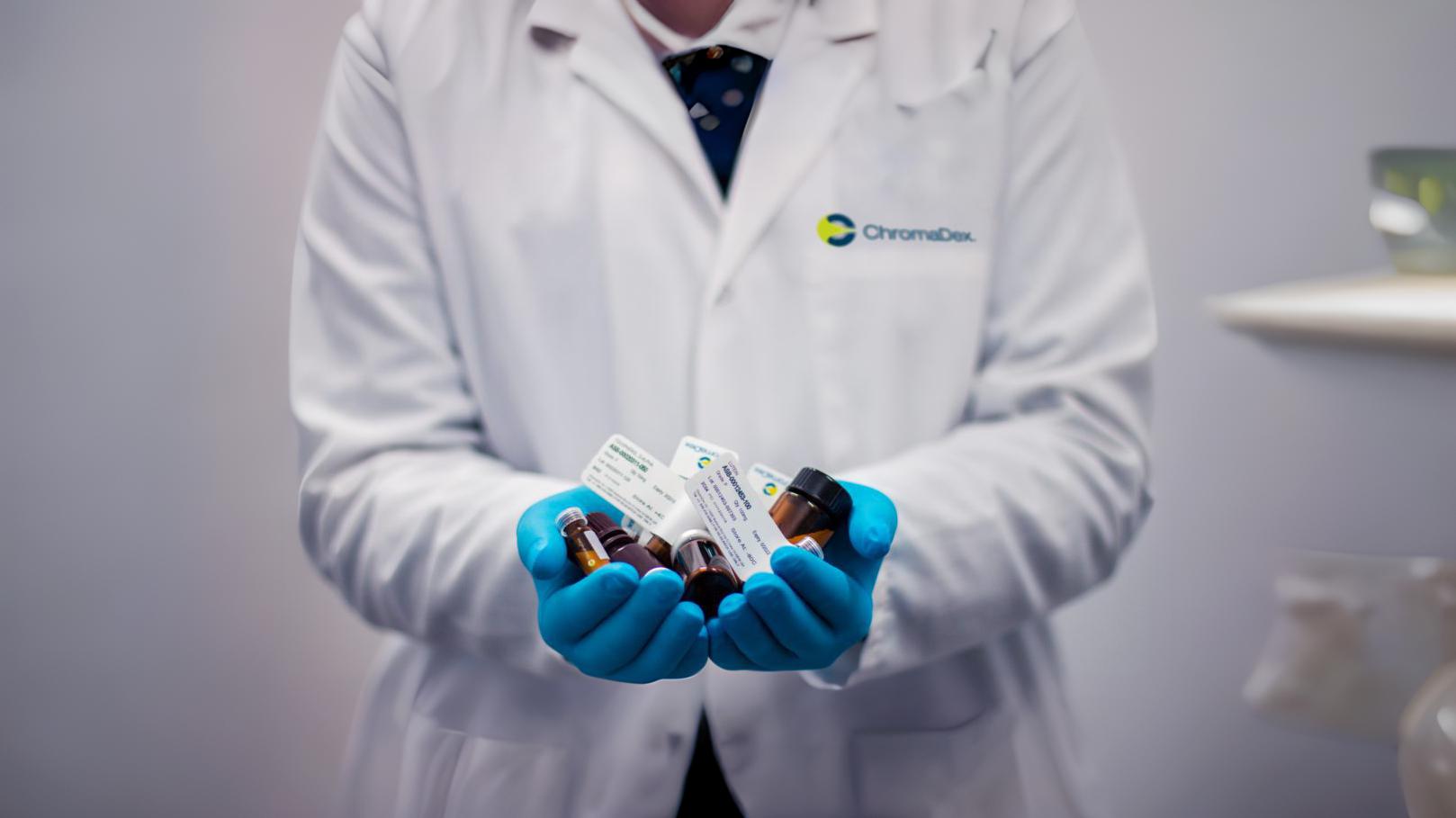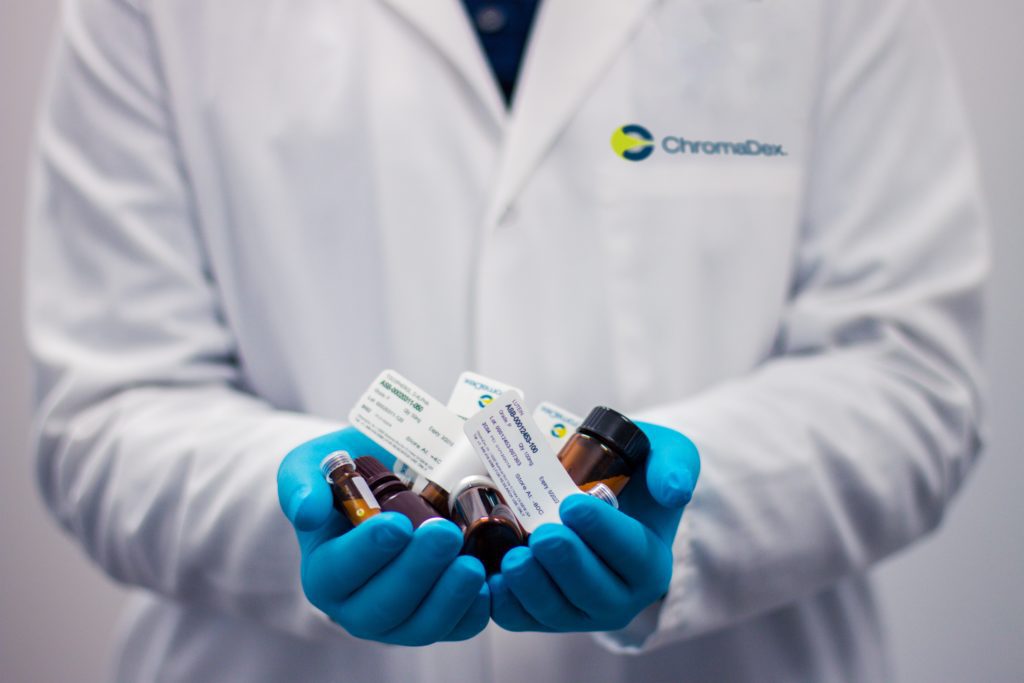The Rise of Independent Clinical Trial Sites
 4 years ago
By Josh Neil
4 years ago
By Josh Neil

When looking for the right trial site for their study, clinical sponsors need a number of specific measures and conditions that will ensure greatest value for them. Enrolling requirements must be met, but more importantly the most rigorous safety and quality standards must be upheld. A site that meets all these requirements is highly sought-after, as doing so would allow for a reduction of the number of sites needed per trial and swifter trial start-up times.
Independent sites are a rising solution for payers in the trial space. These sites have proven over the last few years that they can consistently recruit more patients within their practices or independent databases than traditional sites. They are also able, due to their smaller size and more agile processes, to set up trials more quickly than hospitals or academic medical centres (AMCs) can.
What are Independent Clinical Trial Sites?
Clinical trials are generally conducted either at academic sites (typically found in hospitals or AMCs) or at independent ones. Independent sites are generally more dedicated to clinical trial work, given that no time need be split between research and daily practice in a clinic.
Because of their significant speed and patient-focus benefits, independent sites have become increasingly sought-after by CROs and sponsors due to their additional enrolment abilities and swifter start-up times. While competitor sites in hospitals of AMCs can potentially take more than 90 days for start-up and recruitment, independent sites can perform these functions in half the time.
Early evidence of this can be found in Icon’s acquisition of PMG Research in 2017, and PRA’s partnering with a network of 20 independent centres before that.
What are the Challenges for Independent Sites?
While their utility and versatility can make independent sites an attractive prospect for CROs, they suffer from a few downsides which larger sites avoid. One of the biggest of these is the double-edged sword of data: while their databases provide a quick, easy way to recruit patients for trials, the sheer amount of data captured can act as a burden for many smaller sites.
The problem lies in tracking the metrics that most matter to sponsors when selecting sites for trials. Site performance data, such as ability to attract new studies and past performance during trials, are a powerful indicator for future sponsors of the utility of a site. This can be a tougher task for independent sites that can capture data but potentially lack the knowledge or systems for filtering and collating the most useful data of their performance and statistics. Those sites which cannot substantiate the quality of their data or show their safety protocols will lose out in the battle to host trials. Particularly useful data include:
– High-quality data, such as evidence of few protocol deviations or drop-outs and stringent rigour around exclusion metrics
– Demonstration of accurate predictions around enrollment targets and consistent meeting of enrollment targets
Generally, a high-quality clinical trial management system will track most of the data necessary to prove efficacy. Many such systems are designed for smaller sites, and are well within their price range.
Other concerns for independent sites include:
– The increasing complexity of studies, with more and more inclusion criteria restricting patient access further – this leads to more difficult management of the trial, with longer patient visits, more trials running in parallel and copious data being generated leading smaller trials to suffer under the burden of management
– The uncertainty of future clinical trials – it is imperative that sites maintain as steady a flow of clinical trials as possible, given the increasing competition between sites and difficulty of paying long-term staff / recruiting on-demand staff. In turn, more data from more studies will make it more likely that sites have the analytic information needed to convince sponsors to use them in the future
– Siloing in a clinical trial – clinical trials often require numerous siloed technologies, which are often not interoperable despite requiring use in parallel. Working with several sponsors on a trial further compounds the issue, when each will have their own preferences regarding technology
– Potential disruptions when conducting trials – the impact of Covid-19 has alerted the sector to another important challenge for smaller sites: any closures, even temporary ones, can cause significant financial damage that can in turn shut trials and endanger patient lives. This also damages the sponsor, who will be forced to reselect sites based on availability, and reduces data-gathering potential
How are AMCs Adapting?
With the rise in independent sites and their steady acquisition by organisations like MAC and Icon, academic sites have also been adapting to bolster their inefficiencies – namely time to set-up and cost – with the help of third-parties who excel in those areas. Leveraging third-party organisations allows academic sites to better carry out budget development, contract negotiations and recruiting patients.
This in turn means that academic sites, as this trend develops and continues to grow, will need to adapt their methodologies to be more flexible to incorporate the new parties. This will be a necessity as their processes become more rapid, and in turn more appealing to sponsors.
The Impact of Covid-19 on Trial Sites
As mentioned above, Covid-19 has had a considerable impact on trial sites: beyond the financial damage done, sites must also content with safety issues regarding patient drop-out or visits, and must in response plan more complex systems to ensure patients remain safe and have limited risk of infection with the coronavirus.
Covid-19 is also likely to have a knock-on effect on data collection and analysis, slowed enrolment and patient follow-up.
This disruption has led to a major change in how many sites conduct their processes. Third parties have appeared to link patients with clinical trials given increased drop-out.
One solution that some have found to greatly increase retention and engagement is the decentralised trial. This removes at least part of the trial from the clinic to the patient’s home, either monitoring the patient through wearables or via online messenger/video services.
The FDA has recently published sponsor guidance on alternative safety assessment methods during times of site restriction, and it is hard to see the industry fully returning to on-site trials after Covid is done. For more information on decentralised trials, see Proventa’s White Paper on the subject.
Joshua Neil, Editor
Proventa International
To ensure you remain up-to-date on the latest in clinical development, sign up for Proventa International’s online Clinical Operations, Supply Chain & Pharmacovigilance Strategy Meeting 2020.

How to Reduce the Cost of Clinical Trial Supply Chain While Maintaining Quality and Efficiency
Clinical trial supply chain is a critical component of drug development, ensuring that drugs are available for testing, regulatory approval, and distribution. However, managing this supply chain can be challenging, with factors such as cost, quality, and efficiency all coming...
1 year agoHow to Reduce the Cost of Clinical Trial Supply Chain While Maintaining Quality and Efficiency
Clinical trial supply chain is a critical component of drug development, ensuring that drugs are available for testing, regulatory approval, and distribution. However, managing this supply chain can be challenging, with factors such as cost, quality, and efficiency all coming...
1 year ago
Raising Representation in Clinical Trials: An Interview with Liz Beatty, Inato
The COVID-19 pandemic created a significant shortage of suitable patients for clinical trials worldwide. Within this crisis was another more serious issue around inclusion and representation, driven by COVID’s disparate effect on certain ethnicities, that spoke to a wider issue...
3 years agoRaising Representation in Clinical Trials: An Interview with Liz Beatty, Inato
The COVID-19 pandemic created a significant shortage of suitable patients for clinical trials worldwide. Within this crisis was another more serious issue around inclusion and representation, driven by COVID’s disparate effect on certain ethnicities, that spoke to a wider issue...
3 years ago
DeepMind’s AI Predicts Structures for More Than 350,000 Proteins
In 2003, researchers sequenced approximately 92% of the human genome, a huge achievement and very recently researchers have completed the entire process. Now, the latest innovation in AI technology has predicted the structure of nearly the entire human proteome. The...
3 years agoDeepMind’s AI Predicts Structures for More Than 350,000 Proteins
In 2003, researchers sequenced approximately 92% of the human genome, a huge achievement and very recently researchers have completed the entire process. Now, the latest innovation in AI technology has predicted the structure of nearly the entire human proteome. The...
3 years ago